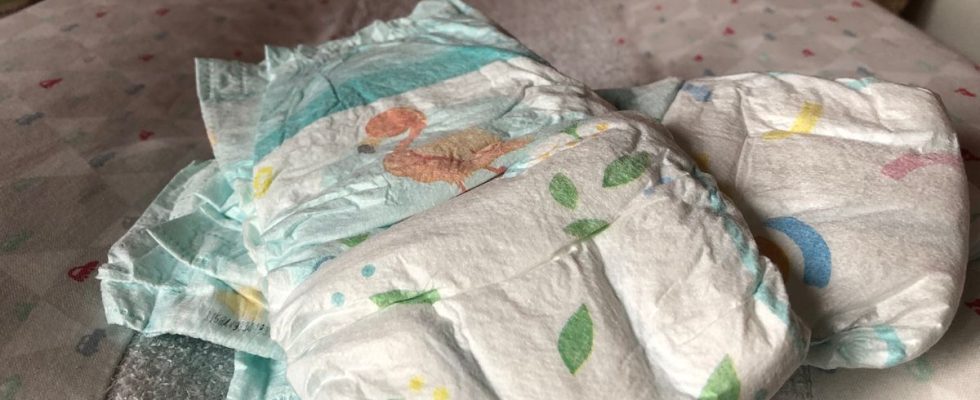Photos of children, often asleep in positions that could be dangerous to them. In several European countries, diaper packages convey images of infants sleeping that do not comply with recommendations for the prevention of sudden death, a team of researchers warned on Monday after a study published in The Journal of Pediatrics.
Sudden infant death syndrome is the unexpected death of an infant under one year of age that remains unexplained after a full investigation. Among the main risk factors, the sleeping position on the stomach was identified in the early 1990s. Other factors were then described, notably soft sleeping surfaces (pillow, soft toy, duvet, etc.) and sharing of bed. sleeping with another person.
Over the past thirty years, sleeping recommendations have made it possible to reduce the incidence of sudden death by 80% in France, which today stands at between 250 and 350 deaths per year. However, in several European countries including France, incidence rates are no longer falling or are falling only slightly, and a high frequency of parental sleeping practices that do not comply with recommendations has been noted.
Researchers from Inserm, Université Paris Cité and HEC Paris, in collaboration with the AP-HP, the Nantes University Hospital and other European research structures, had the idea of studying the images present on the packaging of diapers for babies weighing less than 5 kilos in 11 European countries including France.
Almost 40% of non-compliant packages
In 49% of the 631 diaper packages identified, an image depicted a sleeping baby. Of these, 79% of packages (or 39% of all packages) were non-compliant with at least one sudden death prevention recommendation, according to the research team.
In detail, we could observe a baby sleeping in a prone position in 51% of them, or sharing the sleeping surface with another person in 10% of them.
Diaper packets are not the only culprits: studies of images of sleeping babies in parenting magazines, baby bed brochures or commercial stock photo websites have shown alarming rates of non-compliance with recommendations for safe sleeping, ranging from 35 to 93%, according to the researchers.
They have launched a petition for a regulation or legislation banning photos and images for commercial or official use of sleeping babies without following safe sleeping recommendations. It has already been signed by the High Authority for Health and the French Societies of Pediatrics and Neonatology.

